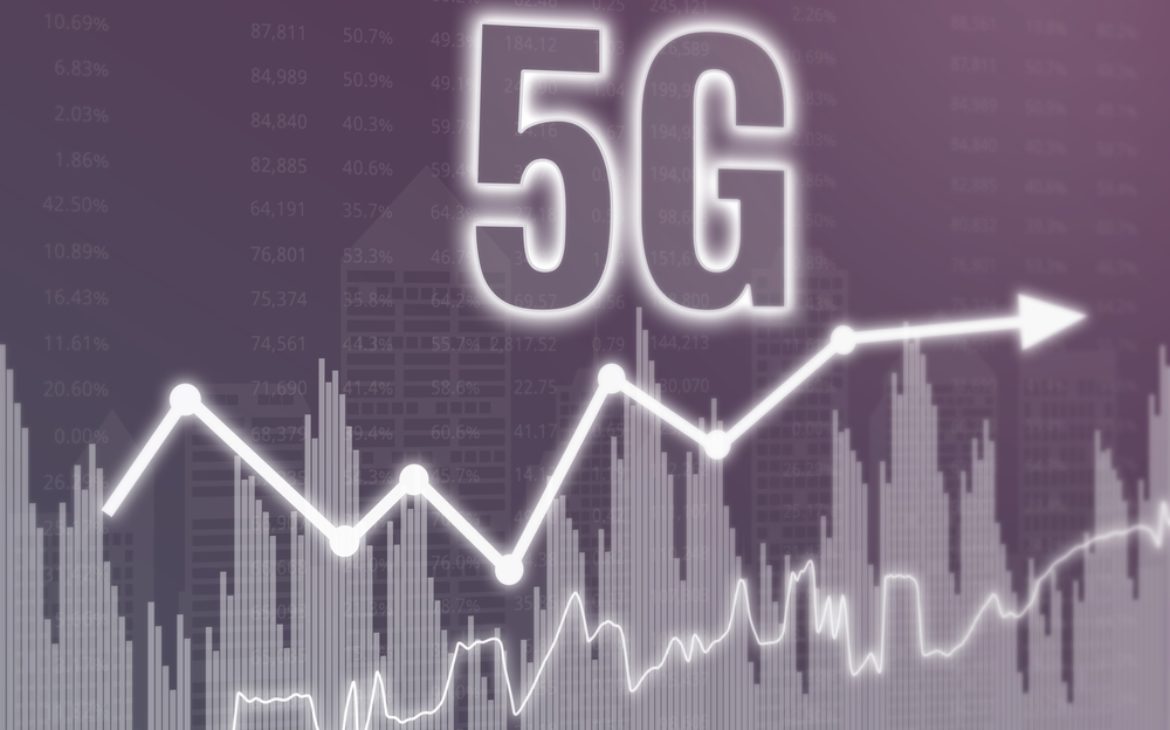However, the ongoing Russia-Ukraine war has temporarily hindered the prospects of global economic recovery from the pandemic. This conflict has resulted in economic sanctions on multiple countries, disruptions in supply chains, and a surge in commodity prices, affecting various markets worldwide. Nevertheless, the market is expected to reach $33.16 billion in 2027, growing at a CAGR of 73.58 percent.
The 5G core market encompasses revenues earned by entities through services such as service-based architecture and cloud-based architecture. The market value includes the value of related goods sold by the service providers or included within the service offerings. It specifically includes goods and services traded between entities or sold directly to end consumers.
The 5G core (5GC) serves as the central component of a 5G network responsible for a variety of functions within the mobile network that makes communication possible, such as authentication, authorization, and data and policy management. It plays a crucial role in providing secure and reliable network connectivity for end-users, granting them access to network services.
Asia-Pacific emerged as the largest region in the 5G core market in 2022, and it is expected to continue as the fastest-growing region in the forecast period. The market report covers regions such as Asia-Pacific, Western Europe, Eastern Europe, North America, South America, Middle East, and Africa.
The primary components of the 5G core include solutions and services. In the context of network operations, services refer to applications or functions that facilitate connections among users, applications, and data within a network. The solutions encompass professional services and managed services deployed both over the cloud and on-premise. Telecom operators and enterprises utilize various network functions such as AMF, SMF, UPF, PCF, NEF, UDM, AUSF, AF, and NSSF.
The proliferation of data traffic is expected to drive the growth of the 5G core market in the future. Data traffic, also known as network traffic, refers to the volume of data transmitted through a network at a specific point in time. Leveraging the 5G core for data traffic management offers several advantages, including enhanced network capabilities, service exposure, and traffic management optimization.
For example, according to a report by Swedish IT services provider Telefonaktiebolaget LM Ericsson, global mobile data traffic reached approximately 90 EB (exabytes= per month in 2022 and is projected to increase nearly fourfold, reaching 325 EB per month by 2028. Therefore, the surge in data traffic necessitates the increased utilization of the 5G core.
Technological advancements have become significant trends in the 5G core market, as companies adopt new technologies to maintain their market position. One example is Nokia Corporation, a leading global telecommunication service provider based in Finland, which introduced a software-as-a-service (SaaS) alternative for deploying the 5G standalone (SA) core network.
In another instance, US-based IT services leader Hewlett Packard Enterprise (HPE), US-based IT services leader, acquired Italy’s Athonet in February 2023. This acquisition enables HPE to provide private networking capabilities directly to enterprises as part of its Aruba networking portfolio. Additionally, it allows communications service providers (CSPs) to quickly establish private 5G networks for their clients.
This report covers countries such as Australia, Brazil, China, France, Germany, India, Indonesia, Japan, Russia, South Korea, UK, and USA.
